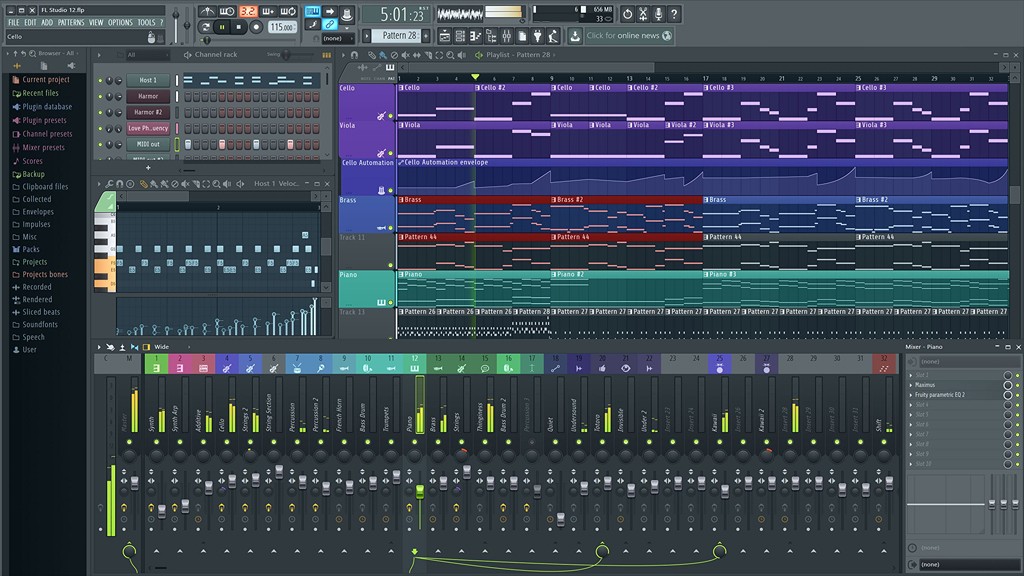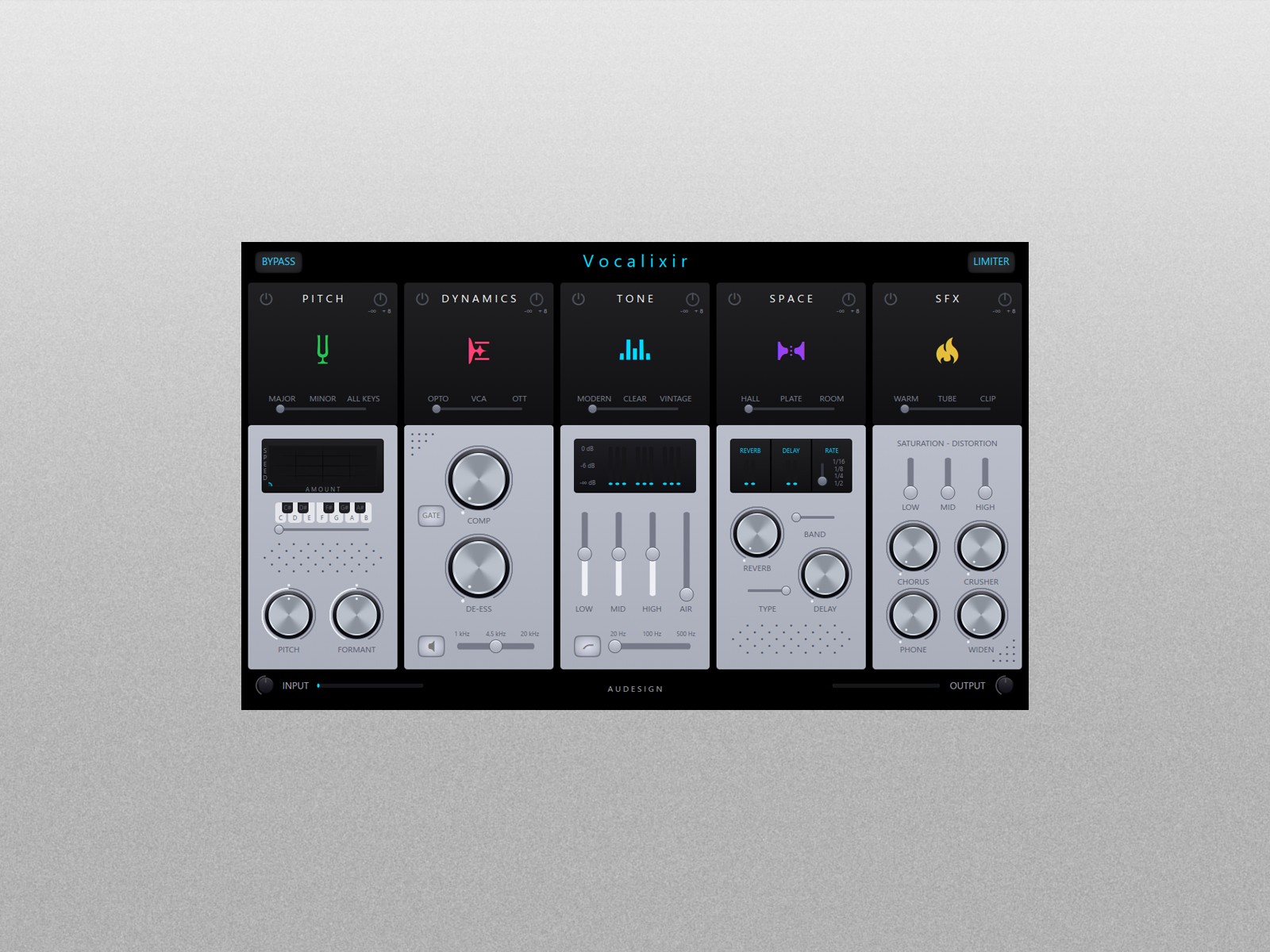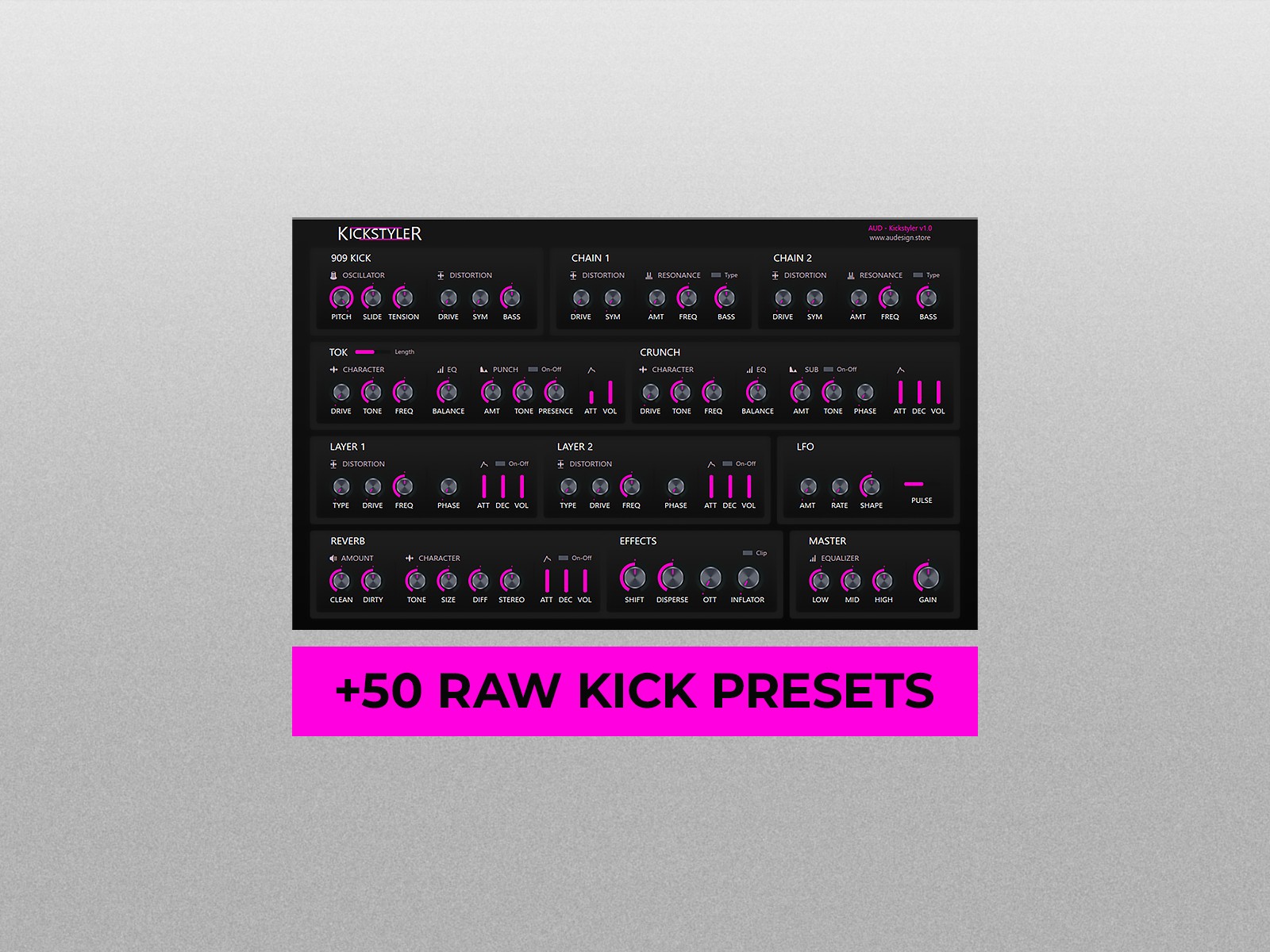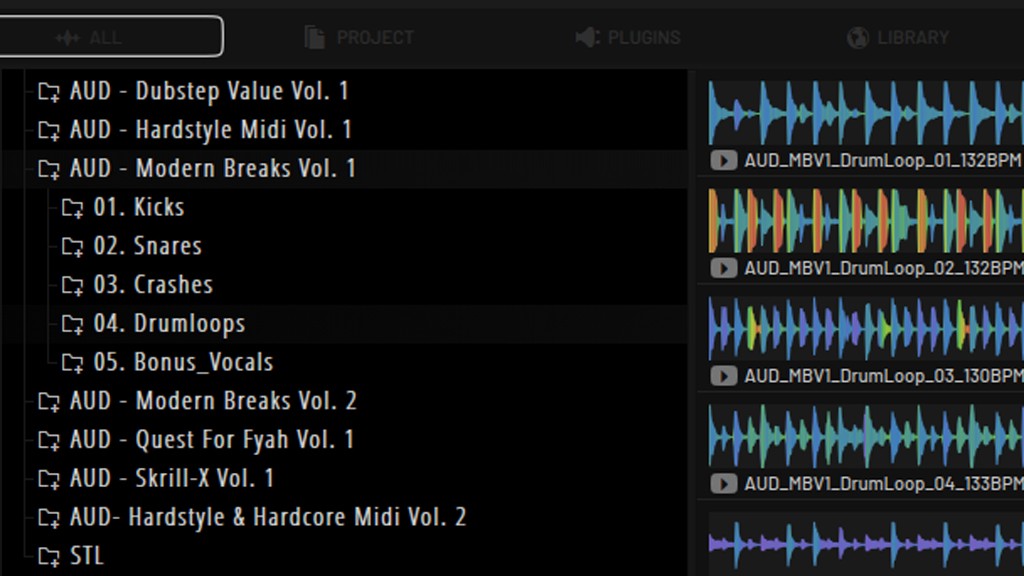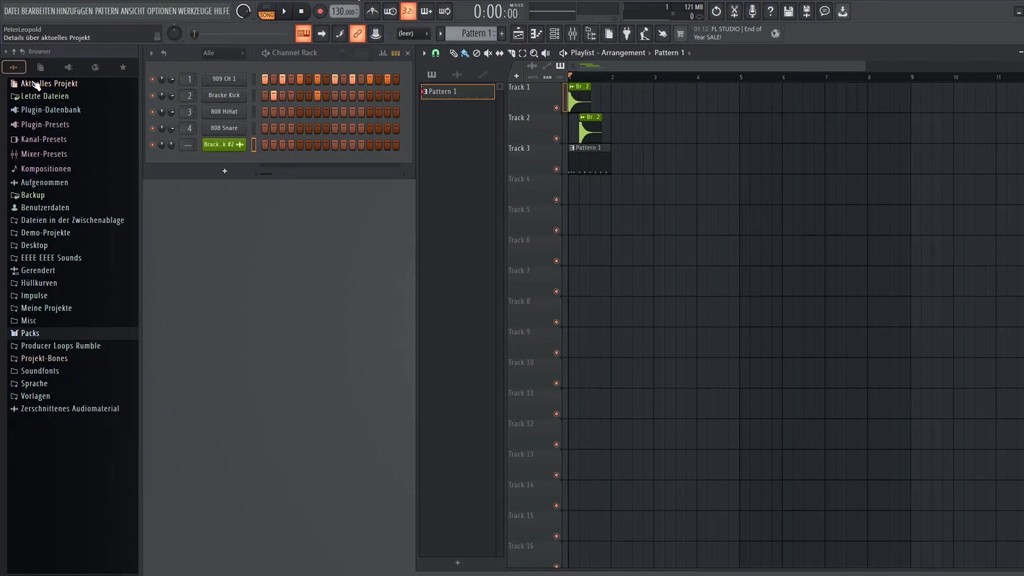If you've ever tapped your foot to a song's rhythm, marveled at a producer's creativity, or wondered how iconic beats come to life, you're already dipping your toes into the world of beat samples. As a producer with over two decades of experience—and a few gray hairs to show for it—let me take you on a journey through this fascinating topic.
What Are Beat Samples?
At its core, a beat sample is a snippet of sound. It could be a drum loop, a funky bassline, or even an atmospheric noise. These samples are the building blocks of modern music, woven together to create unique tracks. Sampling isn’t just an art; it’s a revolution that’s shaped genres like hip-hop, electronic, pop, and more.
Back in the day, producers would dig through crates of vinyl records, searching for that perfect groove. Today, you’ve got access to an endless library of sample music beats online, making it easier (and more competitive) than ever to craft something fresh.
Best FL Studio Plugins
Why Are Beat Samples So Important?
Sampling has democratized music production. You don’t need a full studio with live instruments—a laptop and some killer beat samples can get you started. Here’s why they’re indispensable:
Versatility: Samples can be chopped, stretched, or reversed to fit any track.
Creativity: They’re a playground for experimentation.
Efficiency: They save time and resources while delivering professional-quality sounds.
The Evolution of Beat Sampling
From the iconic MPC60 to modern DAWs (Digital Audio Workstations) like Ableton Live and FL Studio, the tools have evolved, but the principle remains the same: take something great and make it your own.
Milestones in Sampling History
1970s: The birth of hip-hop saw DJs looping drum breaks from funk records.
1980s: Drum machines like the Roland TR-808 brought synthetic beats to the forefront.
1990s: Sampling hit its stride in electronic music and golden-era hip-hop.
2000s and Beyond: Cloud-based platforms now offer millions of royalty-free sample music beats for budding producers.
How to Use Beat Samples Like a Pro
So, you’ve got some samples. Now what? Here’s how to make the most of them:
1. Find the Right Beat Sample
Not all samples are created equal. Look for high-quality WAV files rather than compressed MP3s for the best sound fidelity. Some great platforms include:
Splice: A treasure trove of royalty-free samples.
Loopmasters: Known for genre-specific collections.
Tracklib: Perfect for sampling and clearing original music legally.
2. Manipulate and Layer Samples
Once you’ve got your hands on a great sample, it’s time to make it your own. Here are some tricks:
Chop it up: Use tools like Serato Sample to slice and dice.
Layer it: Combine multiple samples to add depth.
Pitch and time-stretch: Adapt the sample to match your track’s key and tempo.
3. Integrate Samples Seamlessly
It’s all about context. A killer drum loop might need subtle EQ tweaks or sidechain compression to sit perfectly in your mix.
Common Misconceptions About Beat Samples
“Sampling is Cheating”
Let me tell you—sampling is an art form. It takes skill to breathe new life into an existing sound.
“All Beat Samples Sound the Same”
Not if you’re creative. By tweaking and layering, you can transform even the most common loop into something completely unique.
Best Practices for Using Sample Music Beats
Legal Considerations
Sampling isn’t a free-for-all. Always check the licensing agreements for your samples. Opt for royalty-free libraries when possible, or use platforms like Tracklib to clear samples legally.
Balancing Originality and Influence
While samples provide a starting point, your creativity should drive the final product. Add your own twist to stand out in a crowded market.
My Favorite Beat Samples of All Time
To give you a little inspiration, here are some iconic samples that have defined eras:
The Amen Break: A drum loop that’s been the backbone of countless tracks.
Funky Drummer by James Brown: A classic used by Public Enemy and beyond.
Think (About It) by Lyn Collins: Those vocals and drums? Legendary.
Tools of the Trade
Here’s a quick rundown of the tools I’ve relied on over the years:
DAWs: Ableton Live, Logic Pro, FL Studio.
Plugins: Serato Sample, iZotope RX (for cleaning up samples).
Hardware: Akai MPC series, Roland SP-404.
The Future of Beat Sampling
With AI-generated samples and platforms like Splice’s Creator Packs, the future looks exciting. These tools open up new possibilities for producers at all levels.
But remember: while technology evolves, the essence of sampling remains unchanged. It’s about finding inspiration and making it your own.
Conclusion
Beat samples are more than just snippets of sound—they’re a gateway to endless creativity. Whether you’re a seasoned producer or just starting out, mastering the art of sampling can elevate your music to new heights.
So, fire up your DAW, dig into those libraries, and start creating. And who knows? Maybe one day, another producer will sample your beats.
